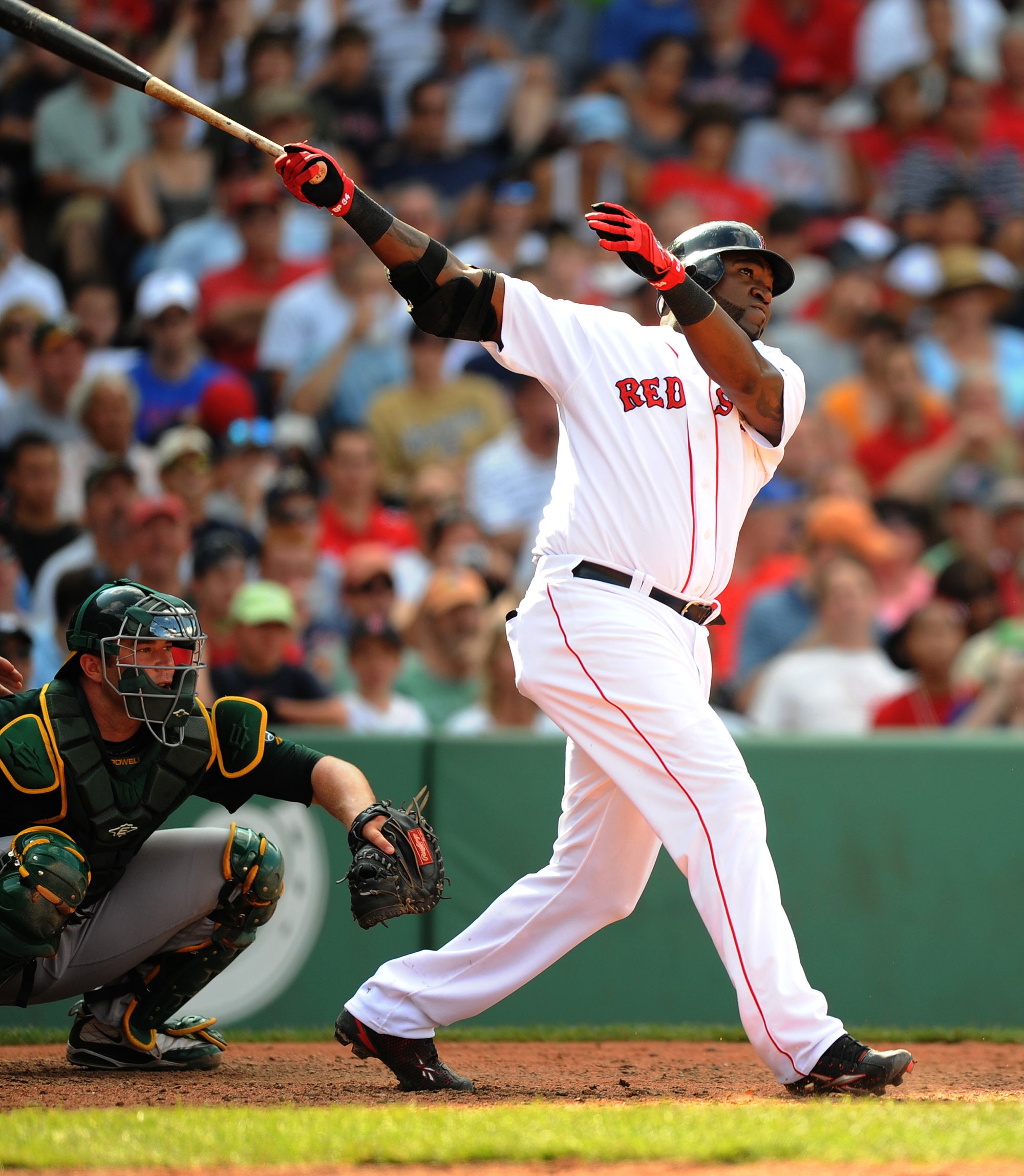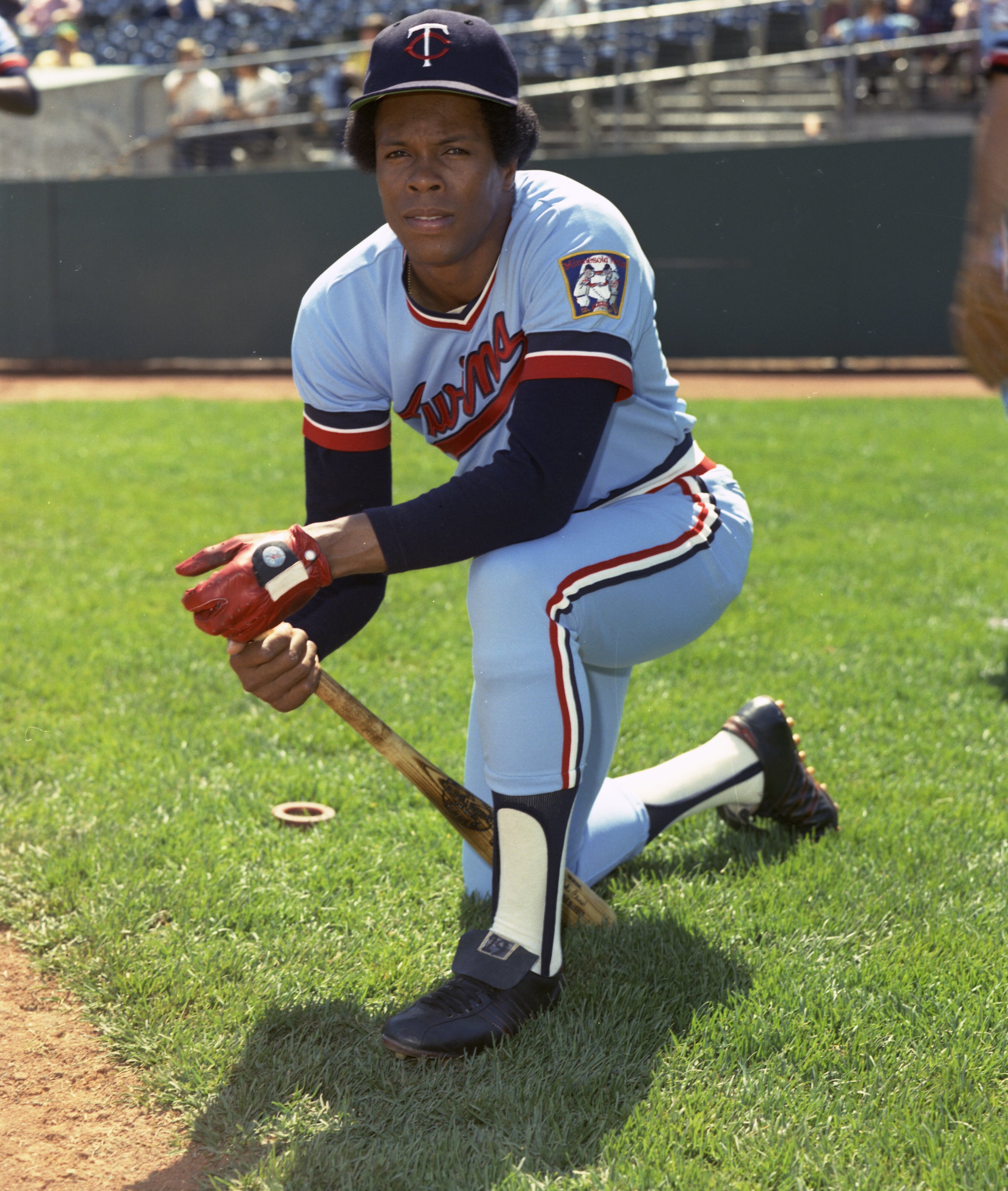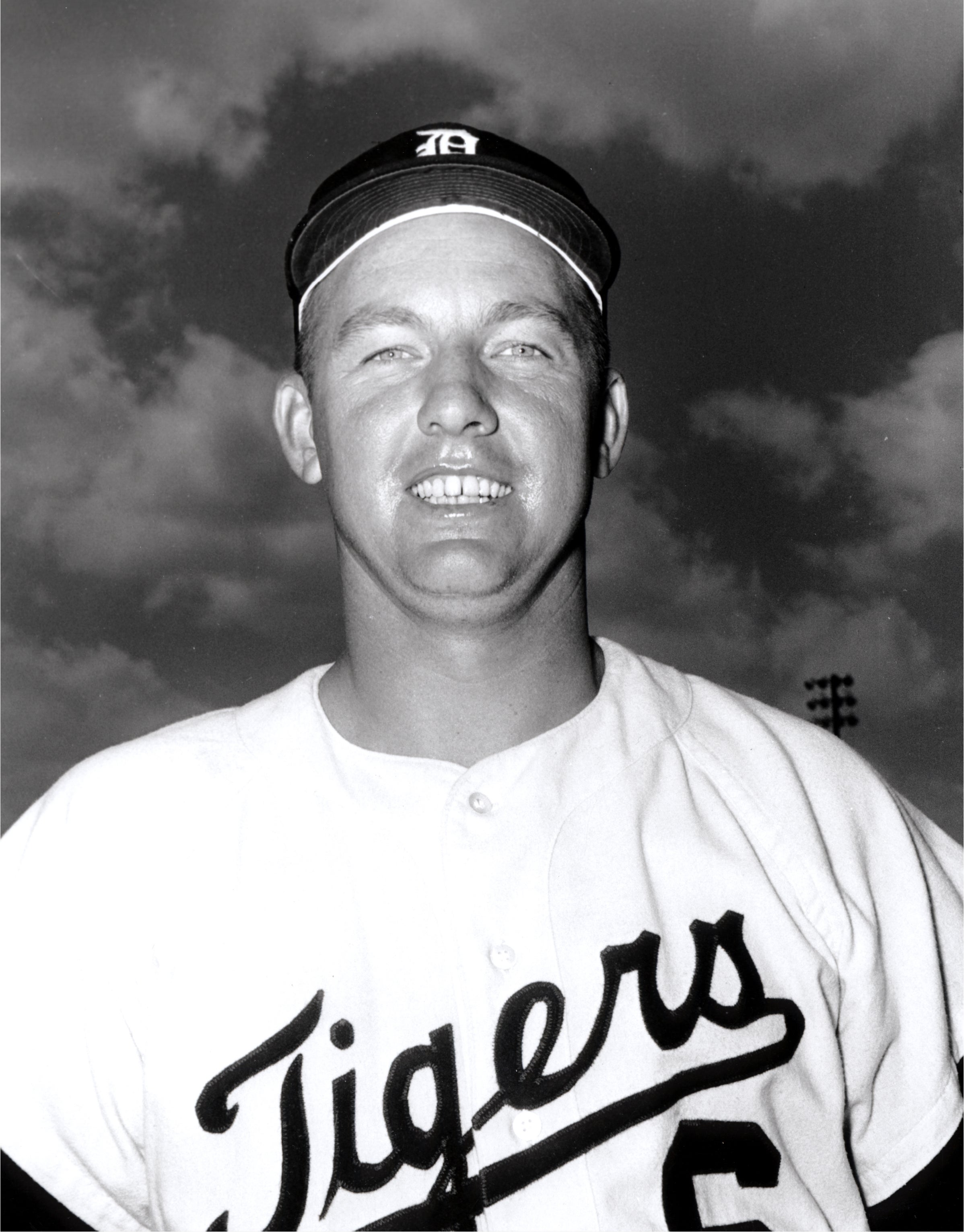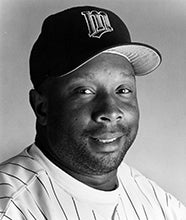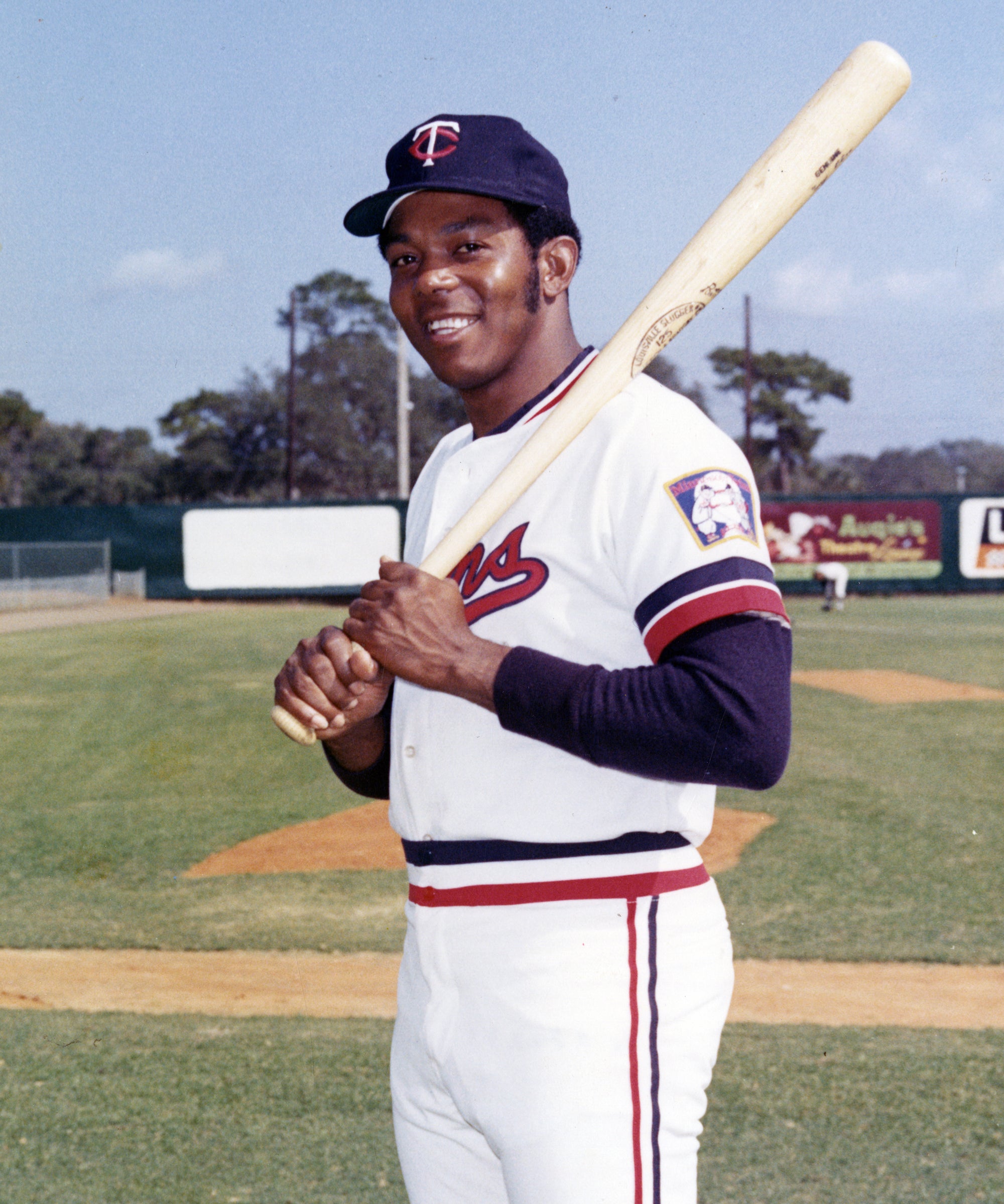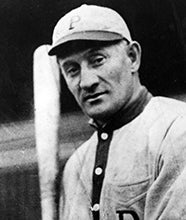- Home
- Our Stories
- Oliva’s Orientation Visit brings back memories from a lifetime in baseball
Oliva’s Orientation Visit brings back memories from a lifetime in baseball
For Tony Oliva, walking through the Hall of Fame as one of its newest electees brought about emotions of awe and disbelief.
“Can you believe it? I’m going to have a plaque here,” Oliva said.
On March 2, Oliva traveled to Cooperstown for his Orientation Visit, during which he toured the Museum, signed the plaque backer where his Hall of Fame plaque will eventually be hung and spoke with media in the Plaque Gallery.
Oliva, who will be inducted on July 24 along with the rest of the seven-member Class of 2022, was elected to the Hall of Fame by the Golden Days Era Committee in December.
Twins Gear
Represent the all-time greats and know your purchase plays a part in preserving baseball history.
“When I got the phone call from [Hall of Fame Chairman of the Board Jane Forbes Clark], I didn’t know what to say,” Oliva said. “I couldn’t believe it…That was a big surprise for me.”
The eight-time All-Star and native of Pínar del Río, Cuba, captured three batting titles and the 1964 Rookie of the Year Award during his 15-year big league career, which he spent entirely with the Minnesota Twins.
Joining Oliva on his visit was his wife, Gordette, and his daughter, Anita.
Their tour commenced at the beginning of the Museum’s Timeline, progressing from baseball’s origins all the way to present day. Along the way, Oliva recalled countless memories from throughout his career.
Upon viewing Ray Dandridge’s Mexico City Diablos Rojos jersey from a 1964 old-timers game, which was on display in the Ideals and Injustices exhibit, Oliva recalled his days playing in the Mexican Winter League. While his family had been unable to travel to the United States from Cuba, he had the chance to reunite with them in Mexico.
His parents did eventually make it to Minnesota, where they confronted winter weather for the first time, Oliva recalled.
“When he came to Minnesota, [my father] thought the ground in the United States was white,” Oliva said.
Later on in the timeline, Oliva paused when he spotted Sandy Koufax’s 1965 Sporting News Player of the Year Award.
“That’s the guy right there,” he said.
In the Whole New Ballgame exhibit, Erik Strohl, the Hall’s Vice President of Collections and Exhibitions, pointed out George Brett’s bat from the famous “Pine Tar Game”
“You want to know something? That guy could hit with any kind of bat,” Oliva said of Brett.
In the same exhibit, Strohl teed up a video that brought back memories from Oliva’s coaching days with the Twins: Kirby Puckett’s walk-off homer in Game 6 of the 1991 World Series. Oliva and the Twins would win the Fall Classic that year, in his final year as Minnesota’s hitting coach.
“We’ll see you tomorrow!” Oliva recited just before the clip played, recalling Jack Buck’s famous call of Puckett’s dramatic homer.
On the Museum’s third floor, Oliva spotted a photo of three all-time greats in the Hank Aaron: Chasing the Dream exhibit.
“That’s the big three right there,” Oliva said, pointing to an image of Hank Aaron, Roberto Clemente and Willie Mays at the 1961 All-Star Game.
The tour then proceeded to the Hall of Fame’s collections storage, where Oliva handled artifacts used by fellow Hall of Famers as well as former teammates and opponents.
When he was handed Honus Wagner’s bat, Oliva took a guess as to its weight.
“Is this about 45 ounces?” he asked.
He was right on the nose, Strohl indicated.
Oliva also tried out one of former teammate Rod Carew’s bats for size.
“This guy, he knew what he was doing,” Oliva said while holding the bat Carew used to record his 2,000th hit in 1978.
Hall of Famer Al Kaline was one of Oliva’s idols, so it was a special moment for him when he got a close look at the Detroit legend’s bat from the 1961 All-Star Game.
“In the American League, Al Kaline was my man,” said Oliva, who like Kaline played right field for one team during his entire career. “I wanted to play like him.”
Oliva’s tour concluded in the Plaque Gallery, where he stopped to pose with a few of his new Hall of Fame teammates, including Kaline and fellow Twins legend Harmon Killebrew.
“For me, this gentleman right here was too nice to be a baseball player,” Oliva said, gesturing to Killebrew’s plaque.
He then donned his Hall of Fame cap and jersey and signed the place where his plaque will soon be hung to make it official.
“I’ve been waiting for this for a long time – for 45 years,” Oliva said. “It’s never too late.”
Janey Murray is the digital content specialist at the National Baseball Hall of Fame and Museum







